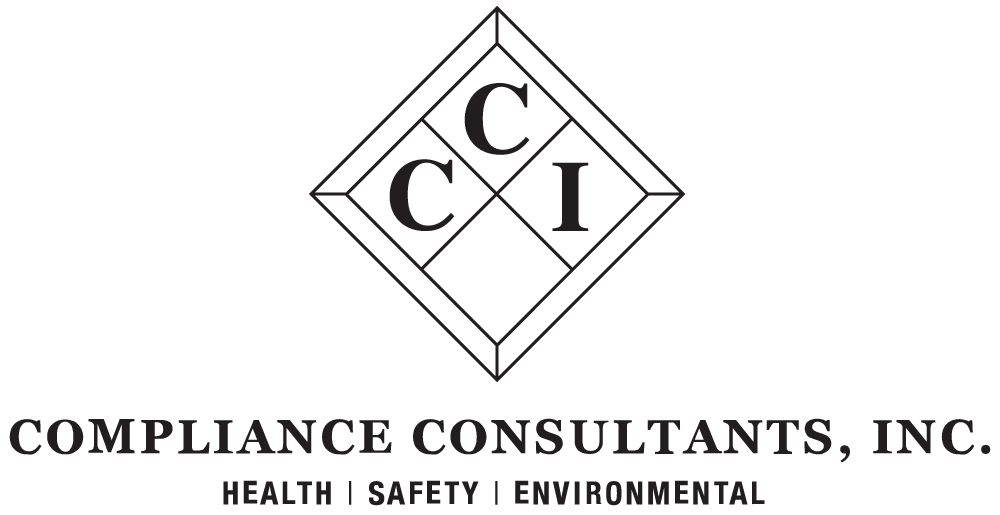Spring Cleaning at Work
At this point in the year many of us get started with our home spring cleaning. But have you ever thought about the hazardous chemicals, materials or wastes that are sitting around in your workplace? Whether it’s glass cleaner or hydrochloric acid, most, if not all, workplaces use and store chemicals that should be cleaned out regularly. Many chemicals have a shelf life. After some time, chemicals can become ineffective or even more hazardous. Now is the time to start thinking about what chemicals and products are no longer being used or are rarely used, and can be safely disposed of.
After determining which chemicals you will be disposing of, you need to find out how to properly get rid of them. Proper disposal procedures are mandatory and must be followed. Chemicals should never be poured down the drain, or into the soil because of the possibility of contaminating our water systems or the ground. One valuable source that can help you determine if your chemical or waste is hazardous is the Material Safety Data Sheet (MSDS) which is required to be kept on hand for each chemical you use or store. All workers should be trained in proper chemical storage and disposal procedures. Be sure to wear all appropriate PPE when moving chemicals.
After properly disposing of unused or expired chemicals, remember to update your chemical inventory for your Hazard Communication program. If someone else provides this service for you, make sure they are aware of any chemicals that are no longer stored at your workplace or any new chemicals that are brought on site. An up-to-date chemical inventory is important to maintain compliance.
Remember, you can help keep your work environment safe by completing a thorough Spring Cleaning every year!
This information is provided as a service to you by Compliance Consultants, Inc.



